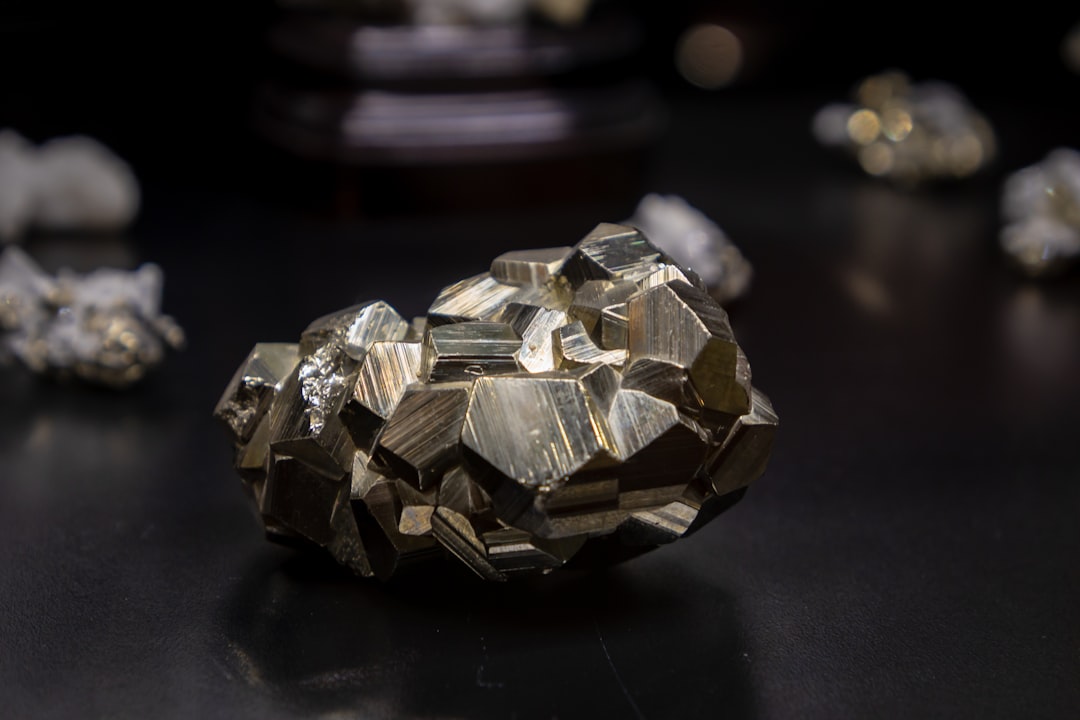What is it about?
An ability to tolerate salinity can be critical for plants growing in coastal environments. We hypothesised that differences in salinity tolerance might explain variations in vigour and distribution patterns among four iceplant taxa common on the Wellington coast of New Zealand. Growth rates, biomass allocation and the efficiency of photosystem II were compared under three salinity levels for Carpobrotus_edulis, Carpobrotus_chilensis (both introduced species), Disphyma_australe (the native New Zealandice plant) and a hybrid presumed to be C. edulis × D. australe. Carpobrotus_edulis was significantly less tolerant of seawater salinity relative to the other taxa. The data did not support a correlation between salinity tolerance and competitiveness in these iceplants. Chlorophyll a fluorescence measurements revealed no permanent adverse impacts on photosynthetic efficiency resulting from long-term exposure to salinity. However, salt-induced growth differences observed among iceplant taxa are probably due to the changes in their photosynthetic capacities.
Featured Image

Photo by Joshua J. Cotten on Unsplash
Why is it important?
Sea level rise and increases in wind and storms will likely increase the level of salinity that cosatal plants experience. Sand dunes require vegetation to maintain stability against erosion. Without sand dunes, human structures and natural ecosystems landward of sand dunes are more vulnerable to storm surges. This study explores how four related taxa of iceplant may respond to increased levels of salinity.
Read the Original
This page is a summary of: Comparative growth and photosynthetic responses of native and adventive iceplant taxa to salinity stress, New Zealand Journal of Botany, July 2014, Taylor & Francis,
DOI: 10.1080/0028825x.2014.925478.
You can read the full text:
Contributors
The following have contributed to this page










